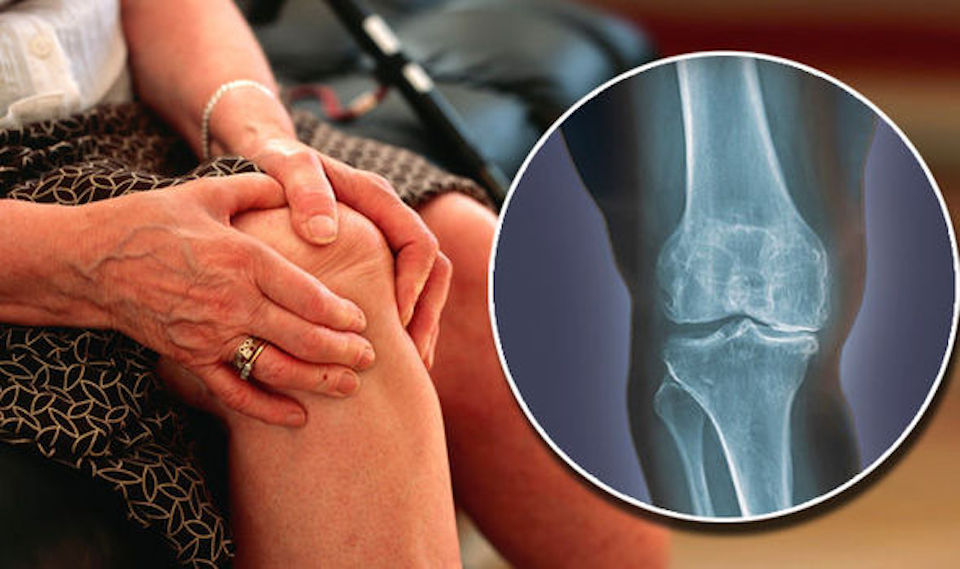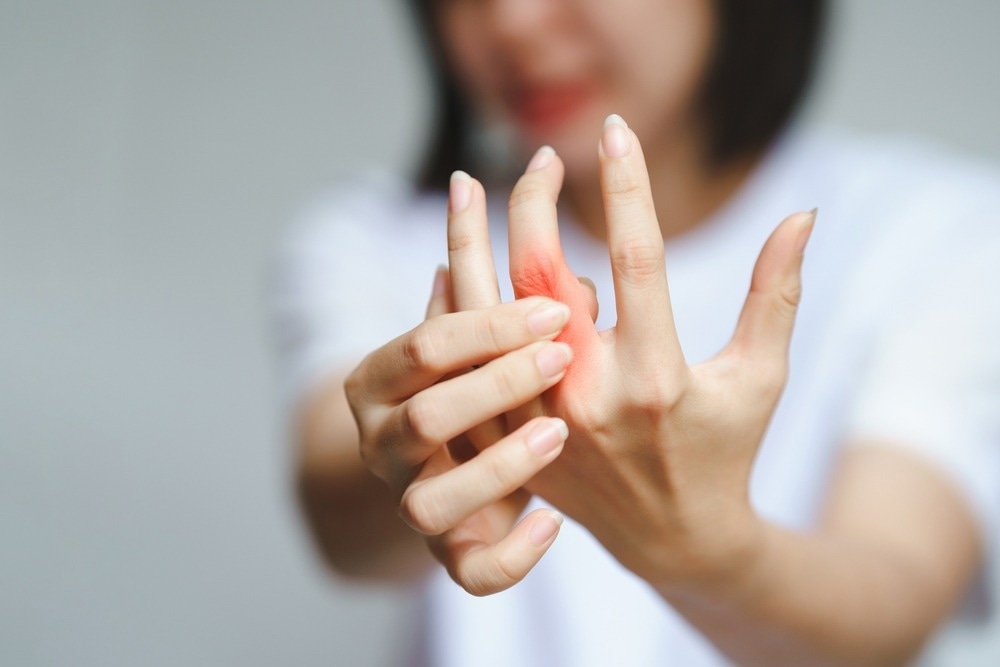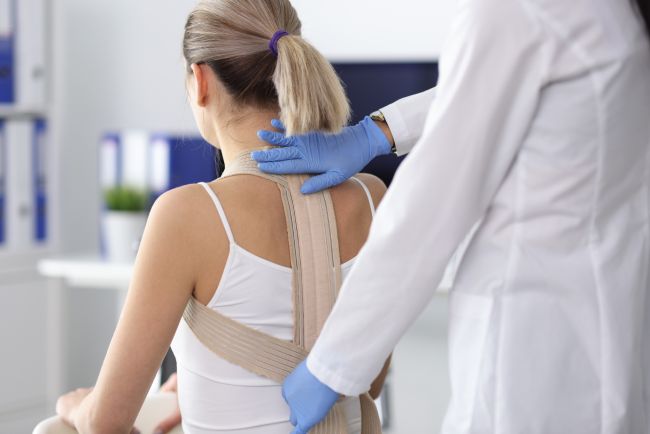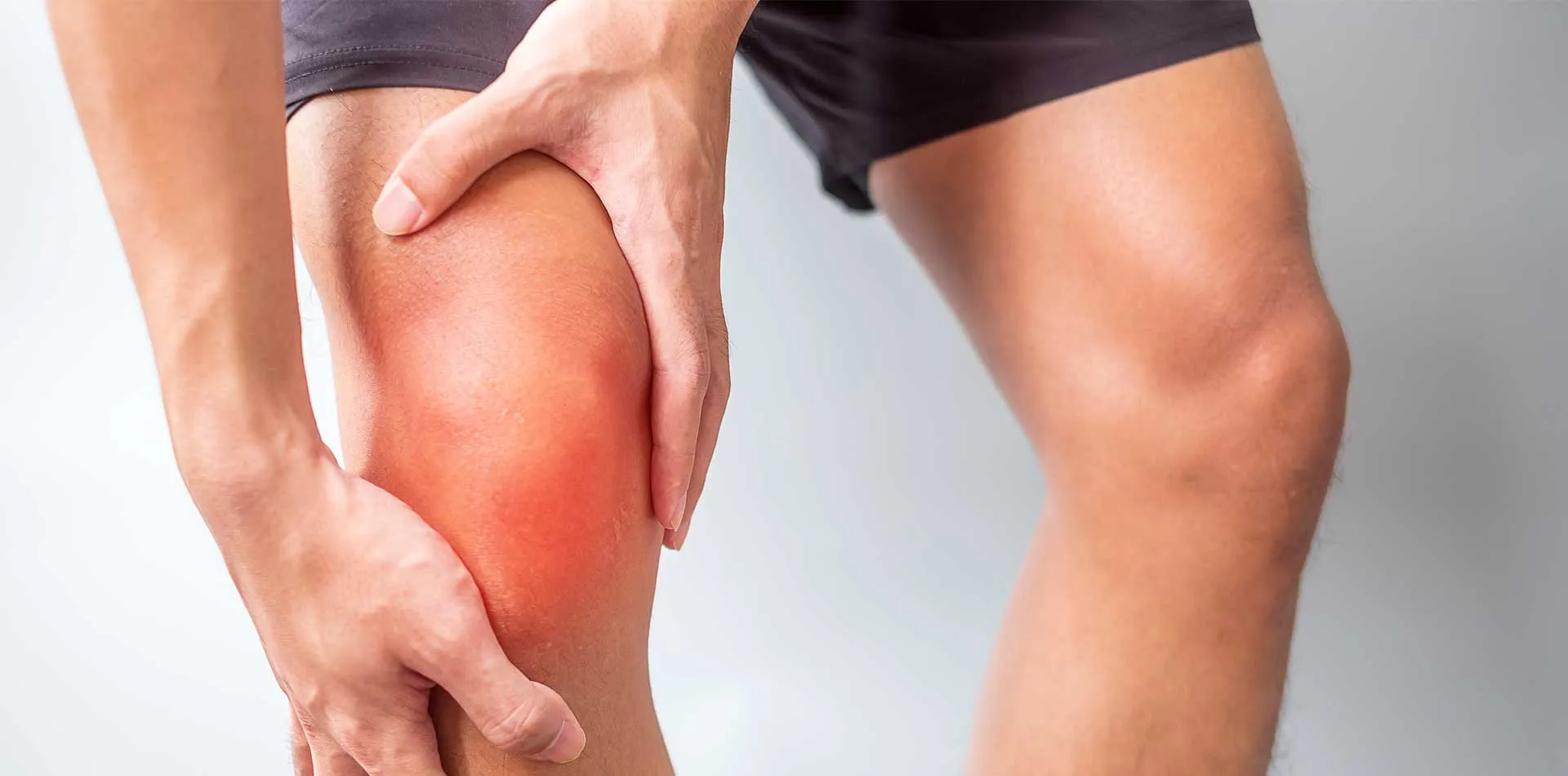Orthopedic disorders affect millions of people worldwide, impacting their mobility, comfort, and quality of life. From joint pain to skeletal deformities, these conditions vary widely in severity and complexity.
In this blog post, we’ll explore the five common orthopedic disorders, exploring their causes, symptoms, and available treatment options. For more information, contact the specialists at the best multispeciality clinic in Kolkata.

1. Osteoarthritis:
Osteoarthritis is the most common form of arthritis which occurs when the protective cartilage of the ends of bones wears down over time.
This leads to pain, stiffness, and swelling in the affected joints, commonly the knees, hips, hands, and spine. Risk factors include aging, joint injuries, obesity, and genetics.
Treatment typically involves pain management, lifestyle modifications, physical therapy, and, in severe cases, joint replacement surgery.

2. Rheumatoid Arthritis:
Unlike osteoarthritis, rheumatoid arthritis is an autoimmune disorder where the body’s immune system mistakenly attacks its tissues, primarily the synovium, the lining of the membranes that surround joints.
This results in inflammation, pain, and joint damage. Symptoms include joint stiffness, swelling, fatigue, and fever. Early diagnosis and aggressive treatment are crucial to preventing irreversible joint damage. Its treatment includes medications to reduce the immune system, physical therapy, and surgery.

3. Fractures:
Fractures, or broken bones, are common orthopedic injuries resulting from trauma, falls, sports accidents, or weakened bones due to conditions like osteoporosis. Fracture types vary, from simple fractures that don’t pierce the skin to compound fractures where the bone breaks through the skin.
Symptoms include pain, swelling, bruising, and deformity. Treatment involves fixing through casts, splints, or braces, along with pain management and, in some cases, surgical intervention to realign the bones.

4. Scoliosis:
It is a spinal deformity characterized by an abnormal sideways curvature of the spine. While the cause is often unknown (idiopathic scoliosis), it can result from congenital disabilities, neuromuscular conditions, or uneven leg length.
Symptoms may include uneven shoulders or waists, leaning to one side, and back pain. Treatment options depend on the severity of the curvature and the patient’s age, ranging from observation and bracing in mild cases to spinal fusion surgery for more severe curvatures.

5. Tendinitis:
It is also known as tendonitis, an inflammation or irritation of a tendon, the thick fibrous cords that attach muscles to bones. It commonly affects the shoulders, elbows, wrists, knees, and heels due to repetitive motions or overuse injuries.
The Symptoms include pain, swelling, and tenderness around the affected tendon. Rest, ice, compression, and elevation (RICE), along with anti-inflammatory medications and physical therapy, are typically recommended for treatment.
In a nutshell, Orthopedic disorders can significantly impact an individual’s daily life, but with proper diagnosis and treatment, many people can manage their symptoms and maintain functionality.
If you’re experiencing continuous joint pain, stiffness, or other orthopedic symptoms, consult with a healthcare professional in Kolkata and avail the best healthcare service for an accurate diagnosis and personalized treatment plan tailored to your needs.

